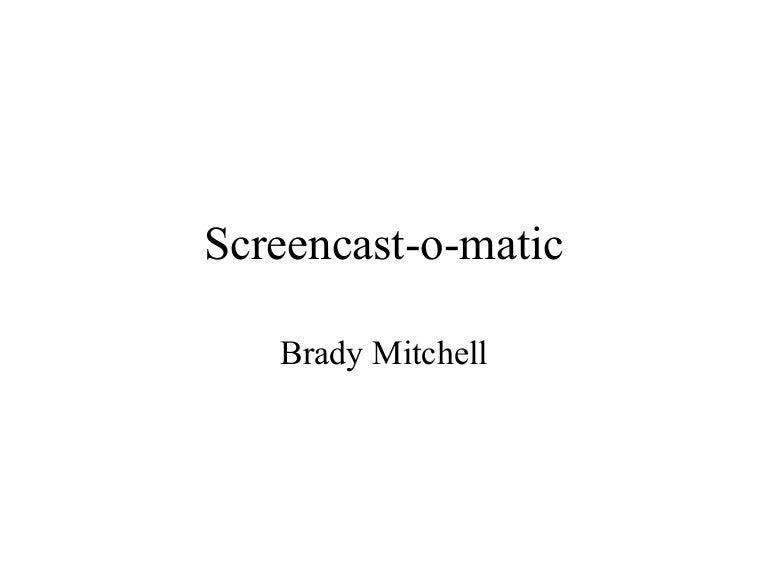


Three types of corrective feedback on higher education students’ academic writing. Teacher and student-created videos in English language teaching. Screencast video feedback in online TESOL classes. Online Journal of Distance Learning Administration, 8(4), 1-7.Ĭheng, D., & Li, M. The context of distance learning programs in higher education: Five enabling assumptions. Indonesian Journal of Applied Linguistics, 6(1), 20-29.Ĭhaney, D., Chaney, E., & Eddy, J.

Chinese EFL undergraduates’ academic writing, rhetorical difficulties, and suggestions. Introduction to research in education (10th ed.). Best practices for virtual presentations: 15 expert tips that work for everyone. Ideas for future research are presented.Ībbajay, M. The discussions of the paper are supported by some of the authors’ actual experiences in using SOM in their classrooms, related research findings, and literature. Some of the practices discussed in this paper are the use of SOM to: record a video lecturer on how to write a paper following an APA format, give video-based feedback to students’ work, make a digital video presentation, and be a digital mirror that helps students review their speaking performance before they do an actual video presentation. In response, the primary purposes of this article are to introduce a technology tool called Screencast-O-Matic (SOM), its potentials, and possible practices of using SOM that EFL lecturers might adopt for their teaching and learning purposes, specifically in the current pandemic era. In that transition, teachers often do not have enough space and time to explore various technology to support their teaching and learning practices that should be done flexibly in multiple places and times. The COVID-19 situation causes a sudden and unexpected shift of face-to-face pedagogy to emergency remote teaching mode.


 0 kommentar(er)
0 kommentar(er)
